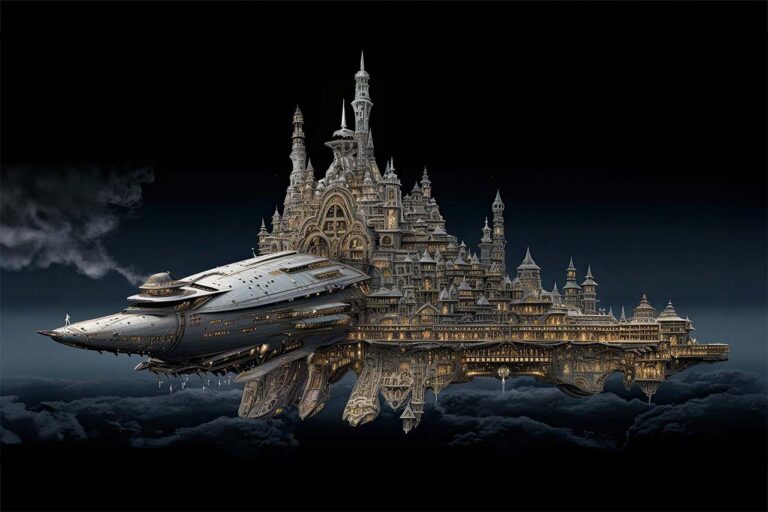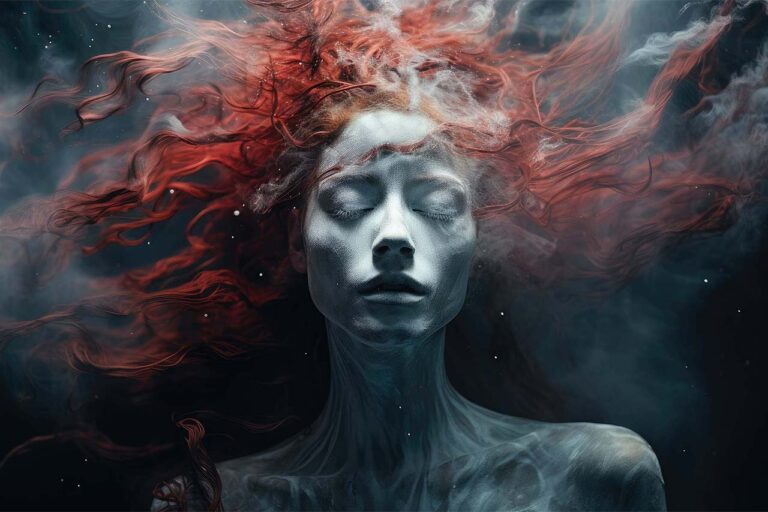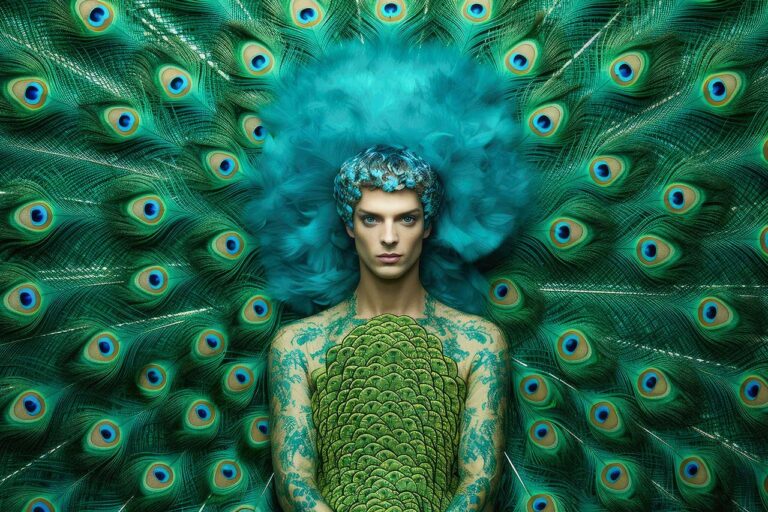
Info
- Digital artwork by Olio Imaginarium
- A series of 77 digital artworks
- Year: 2024
Artwork In brief
Welcome to the final episode in the history of the cool, ’Hipster Odyssey III: The Mosaic of Modernity.’ As the 20th century unfolded, the term ’hipster’—originally coined in the 1940s to describe jazz aficionados who adopted the lifestyle of their music idols—evolved into a cultural mosaic as varied as the century itself. From the beatniks of the ’50s to the countercultural revolutionaries of the ’60s, and a myriad of underground cultures that spread like wildfire thereafter, each iteration added a tile to the ever-expanding mosaic. Furthermore, trace the origins of modernity in ’Hipster Odyssey I: Ancestors of Avant-Garde’ and ’Hipster Odyssey II: Chronicles of the Chic,’ setting the stage for today’s cultural collage.
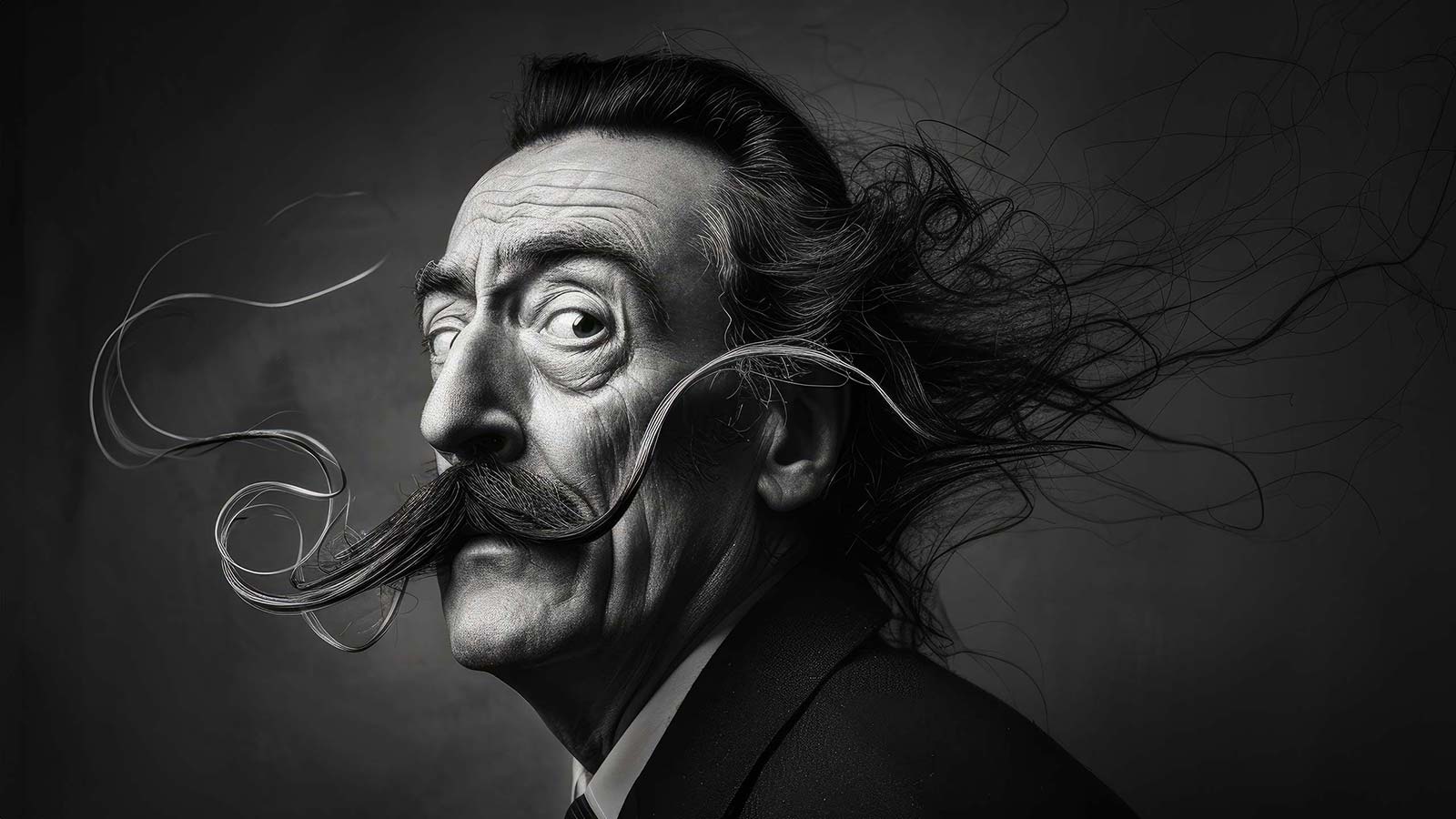
The art movements that followed World War I — Dada, Futurism, and Surrealism — transcended mere artistic expression to become radical manifestos aiming to transform society as a whole. The icon of Surrealism, Salvador Dalí, with his super long and curvy mustache, must be the grooming hero of all hipsters to come. His meticulously scuplted mustache was a true surrealist artwork itself, leaving its mark in the history of facial hair artistry.
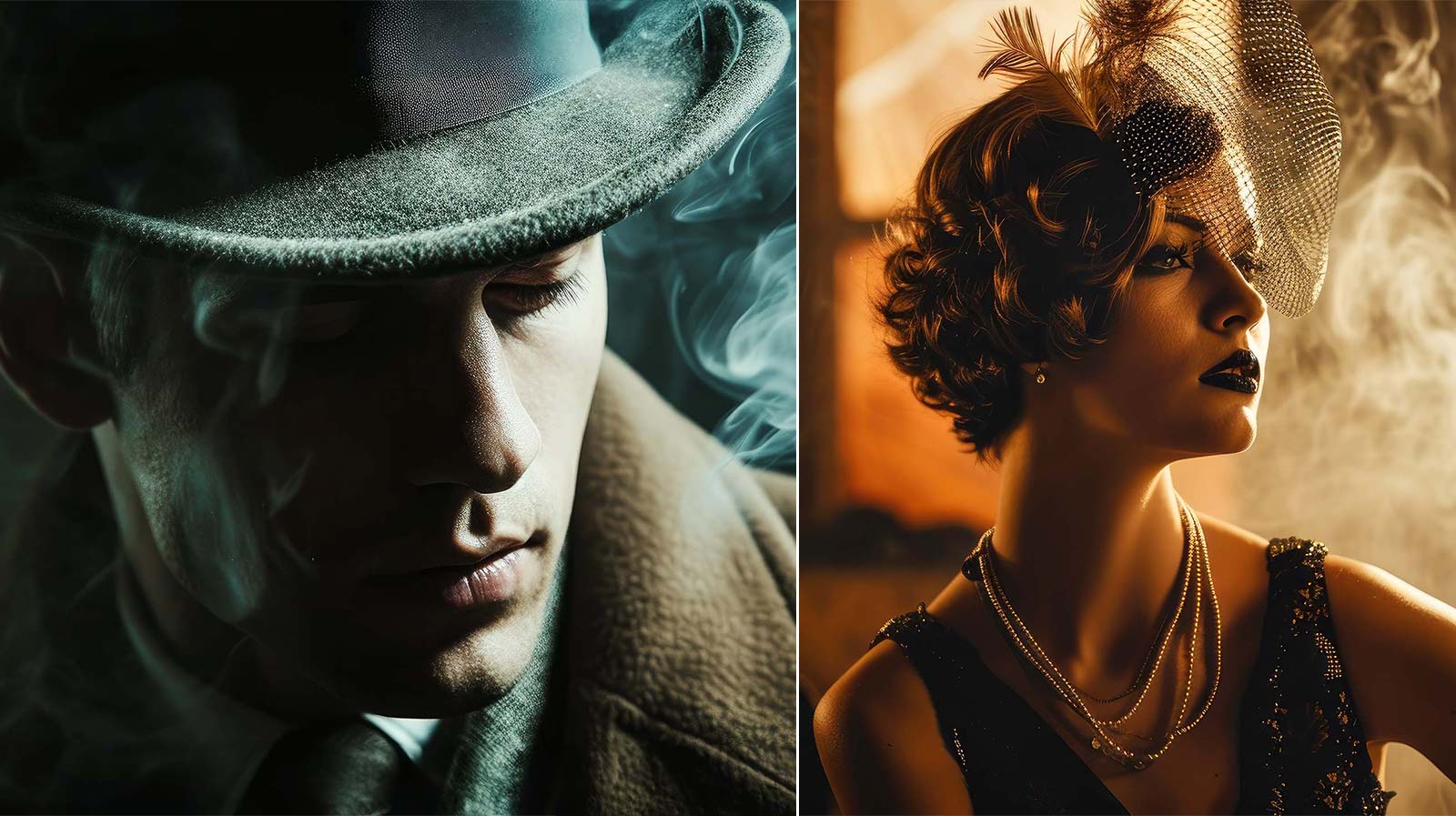
Then came roaring 1920s, where the cool cats of Jazz Age swayed. In smoky underground clubs, they’d roll their eyes at the mainstream flappers and instead sway to the offbeat notes of a saxophone, with a cocktail in hand that was definitely not on the menu. Meanwhile, in dimly lit alleyways, gangsters were redefining what it meant to be cool, weaving together danger and streetwise sophistication. Under the shadow of their hats, a single look carried the weight of a thousand words, conveying an unspoken code of the streets that was understood by few but respected by all.
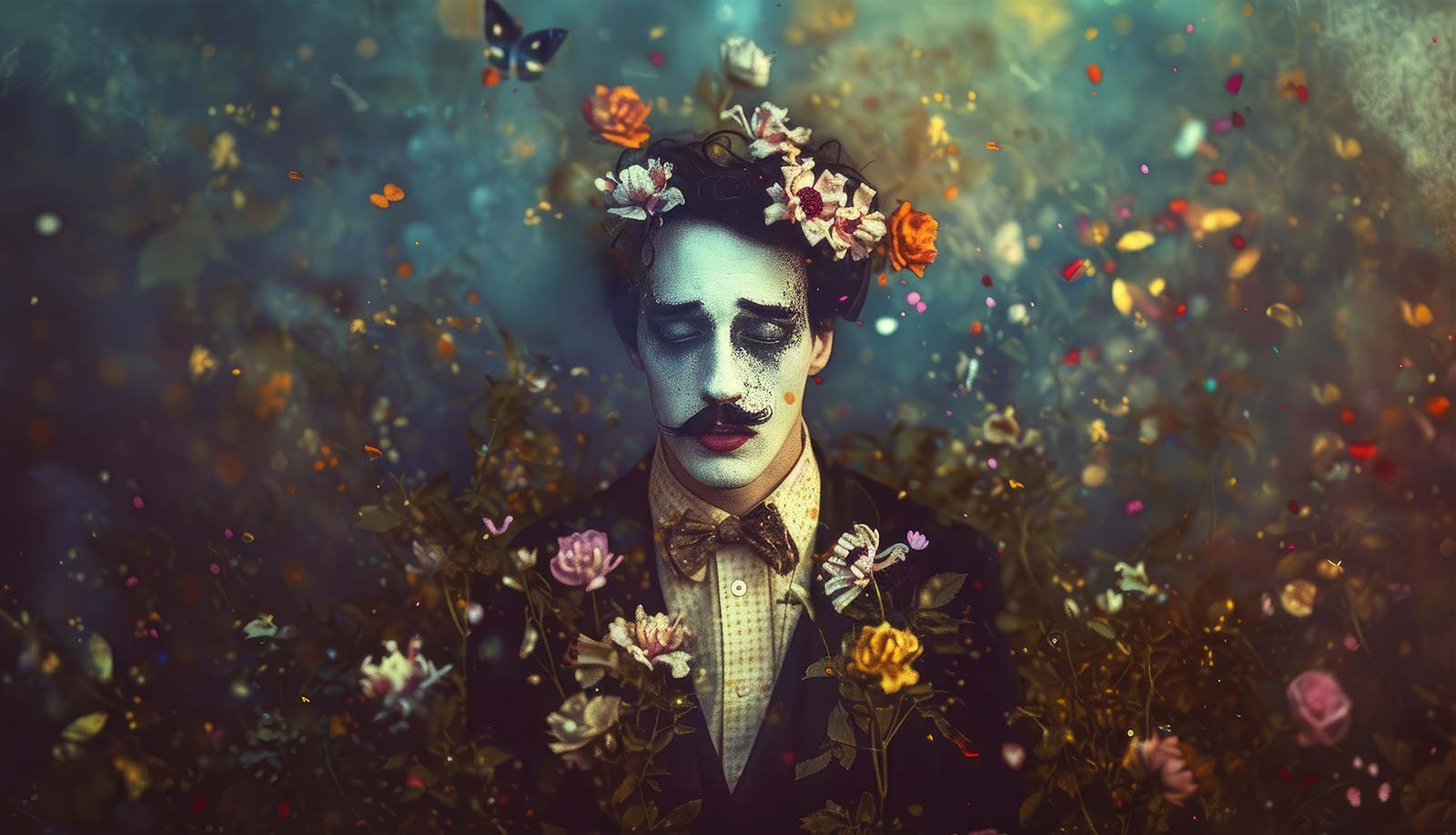
Charlie Chaplin, the silent era’s cinematic maestro, had a charm of timeless cool, as unintentional as it was definitive. His iconic aesthetic—a mishmash of thrift and theatricality, his mustache—a masterstroke of branding before branding was a buzzword—made him stand out in a crowd. Ahead of his time, he used slapstick to critique social norms with an intellectual edge that would become a hallmark of hipster culture.
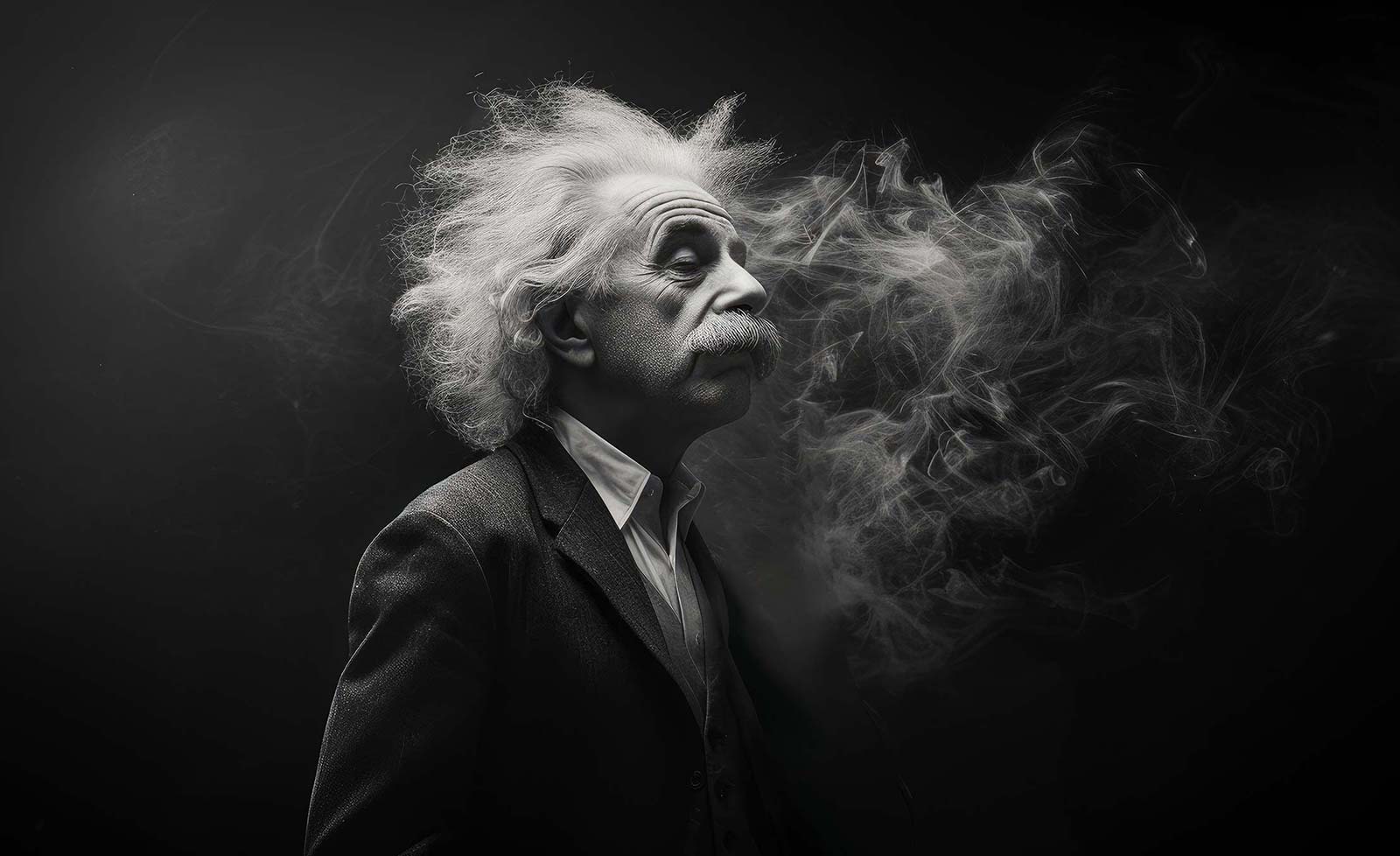
Science has had its share of eccentric personalities as well. Albert Einstein, with his untamed hair and nonchalant dress, unknowingly pioneered what would become known as the hipster aesthetic. His disregard for the dress code, favoring rumpled sweaters and unbuttoned collars, signaled a rebellion against the formalities of his time. His lifestyle mirrored the free-spirited nature often associated with contemporary bohemian cultures. A lover of music, especially the violin, he played with a passion that matched his love for theoretical physics. This blend of art and science, intuition and logic, might be the quintessential trait admired in today’s creative circles.
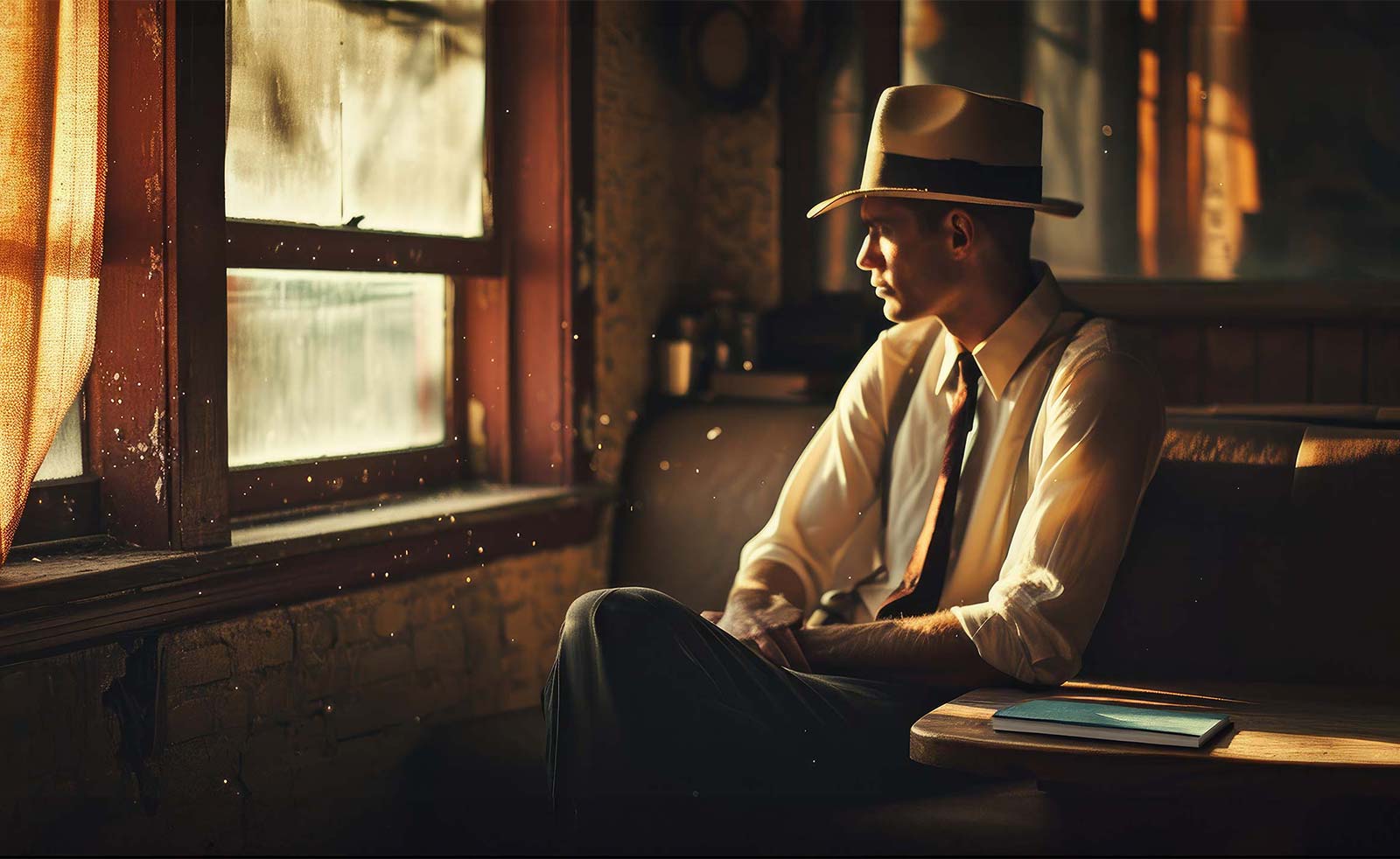
In the 1950s, the Beat Generation burst onto the scene, with their berets tilted just so, snapping their fingers to the rhythm of a poetry slams in a Greenwich Village coffeehouse, an anthem to the off-the-grid ethos. The beatniks, draped in black turtlenecks and armed with dog-eared copies of Ginsberg and Kerouac, championed a lifestyle that defied the cookie-cutter expectations of post-war America. They sought out the authentic in a world they felt was becoming increasingly materialistic, valuing experiences over possessions, spontaneity over the monotonous nine-to-five life.
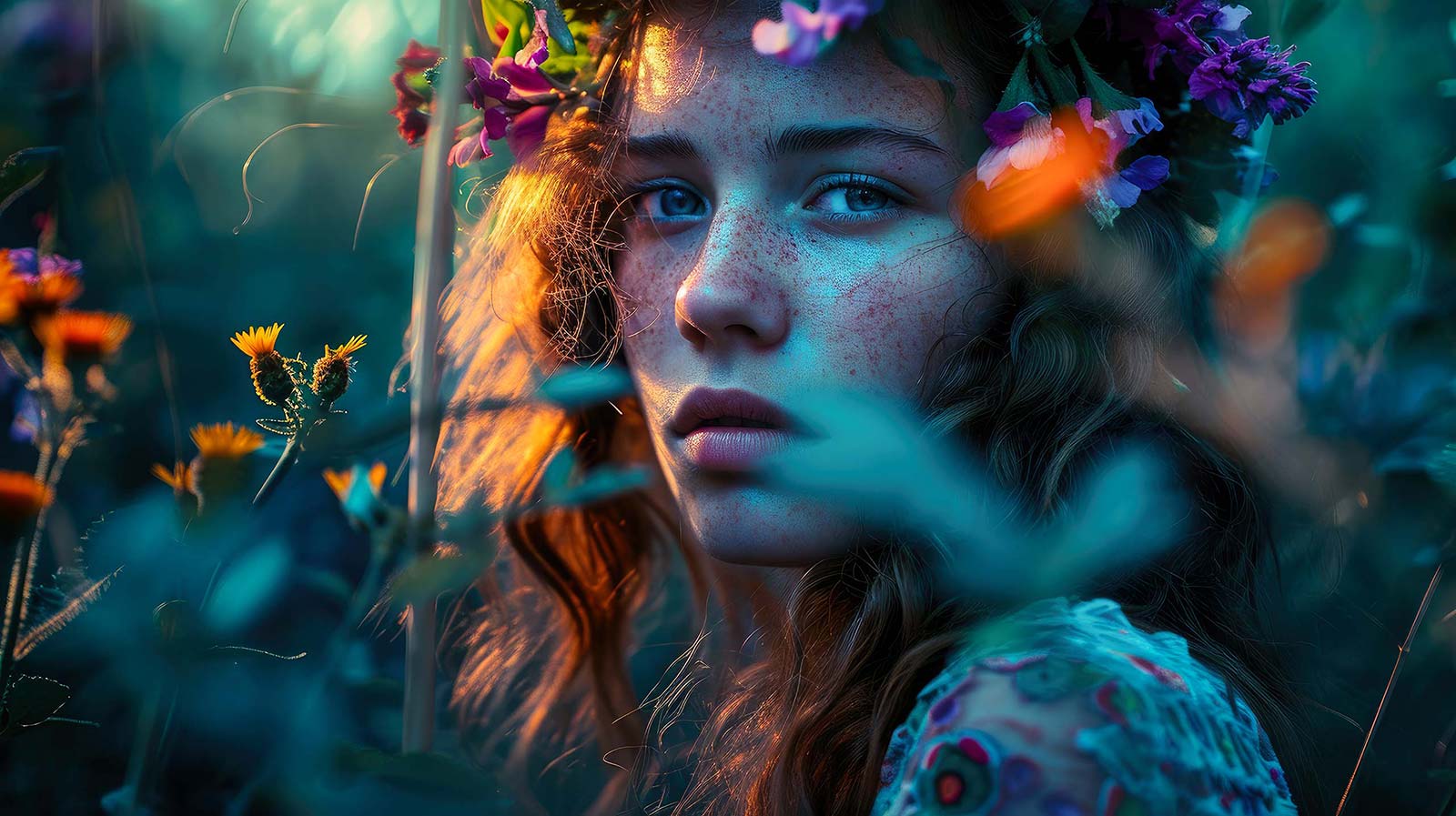
Then came the hippies of the 1960s, who might just be the original hipsters, minus the irony. These vanguards of counterculture were rocking organic before it became a trend, attending the original outdoor festivals with no corporate sponsorship in sight, and making vintage thrift store finds long before they hit Pinterest boards. Pioneers in sustainable living, hippies worked to minimize their carbon footprint, not for the sake of trendiness, but driven by a conviction to live in harmony with our planet.
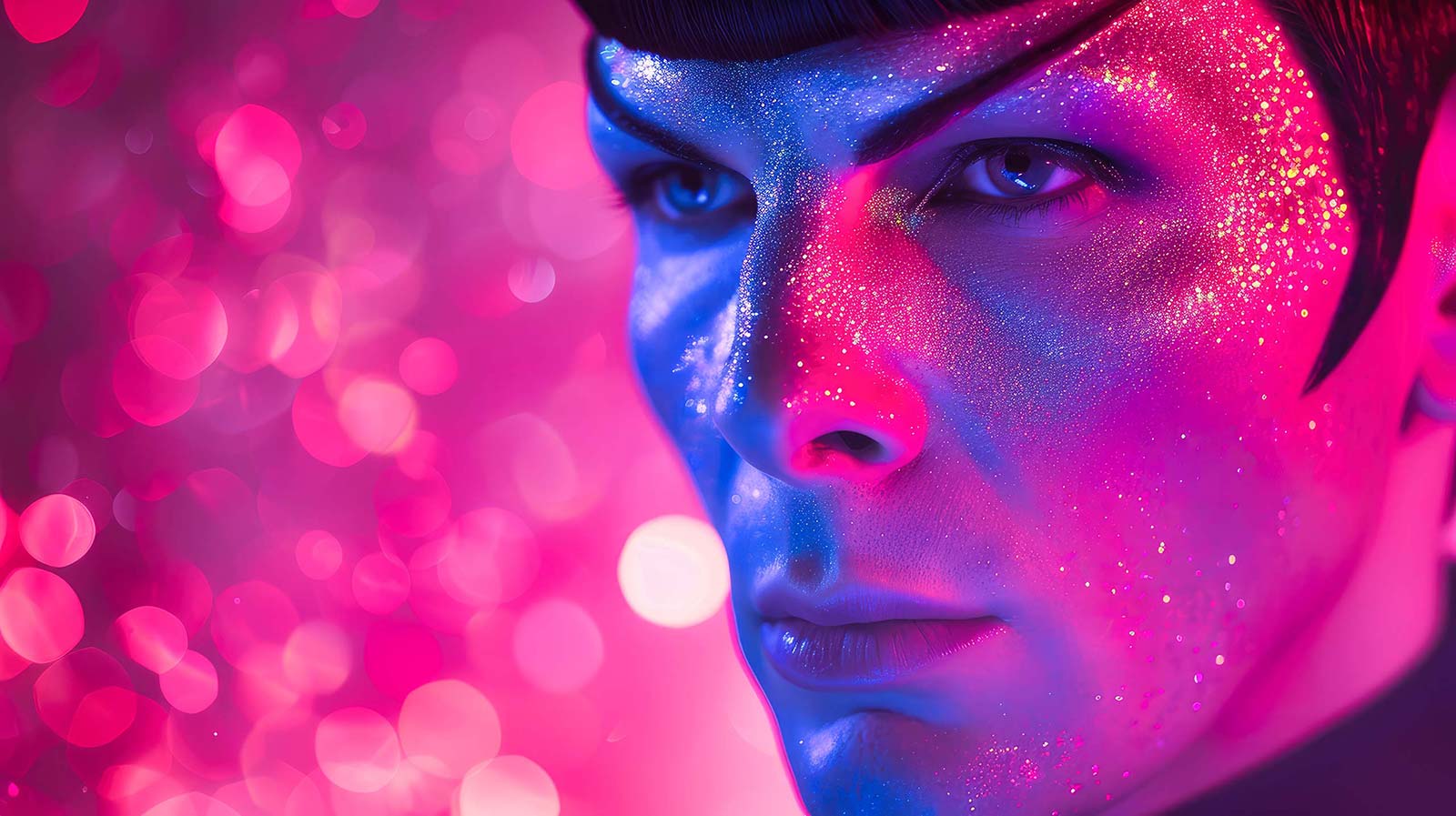
In the late 1960s, while the Apollo missions targeted the moon, ’Star Trek’ launched a new era of cool sci-fi storytelling, boldly going where no show had gone before. The intellectual rigor of its storylines, which often grappled with moral and philosophical dilemmas, set ”Star Trek” apart from its peers. If the essence of the series could be distilled into one figure, it would be Mr. Spock, whose cool factor sets the phasers to ’legendary’. His Vulcan salute and impeccably-raised eyebrow are not merely quirks but the trademarks of a being who personifies cool logic and an air of cultured sophistication, not to mention the sleek ears that would make any elf envious.
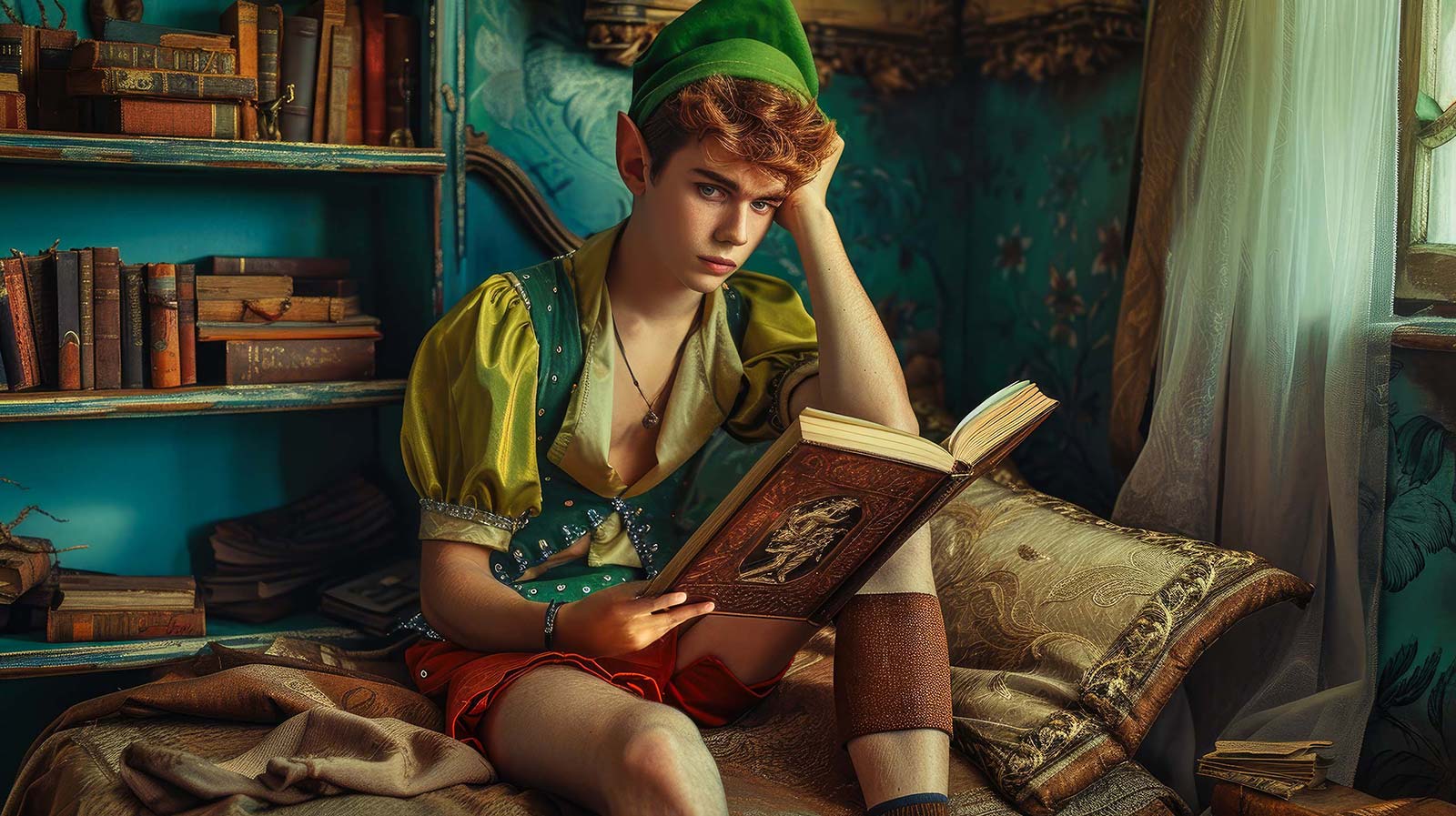
Our culture is shaped by the stories we tell. In fairy tales we can find many hip characters, who rebel against the norms. Take Peter Pan, the eternally youthful figure in his playfully tailored attire, gliding through Neverland’s skies, forever chasing adventure and rejecting the very concept of growing up. In his refusal to conform to the duties of adulthood, Peter Pan epitomizes the art of living in the moment, a concept deeply cherished in hipster culture.
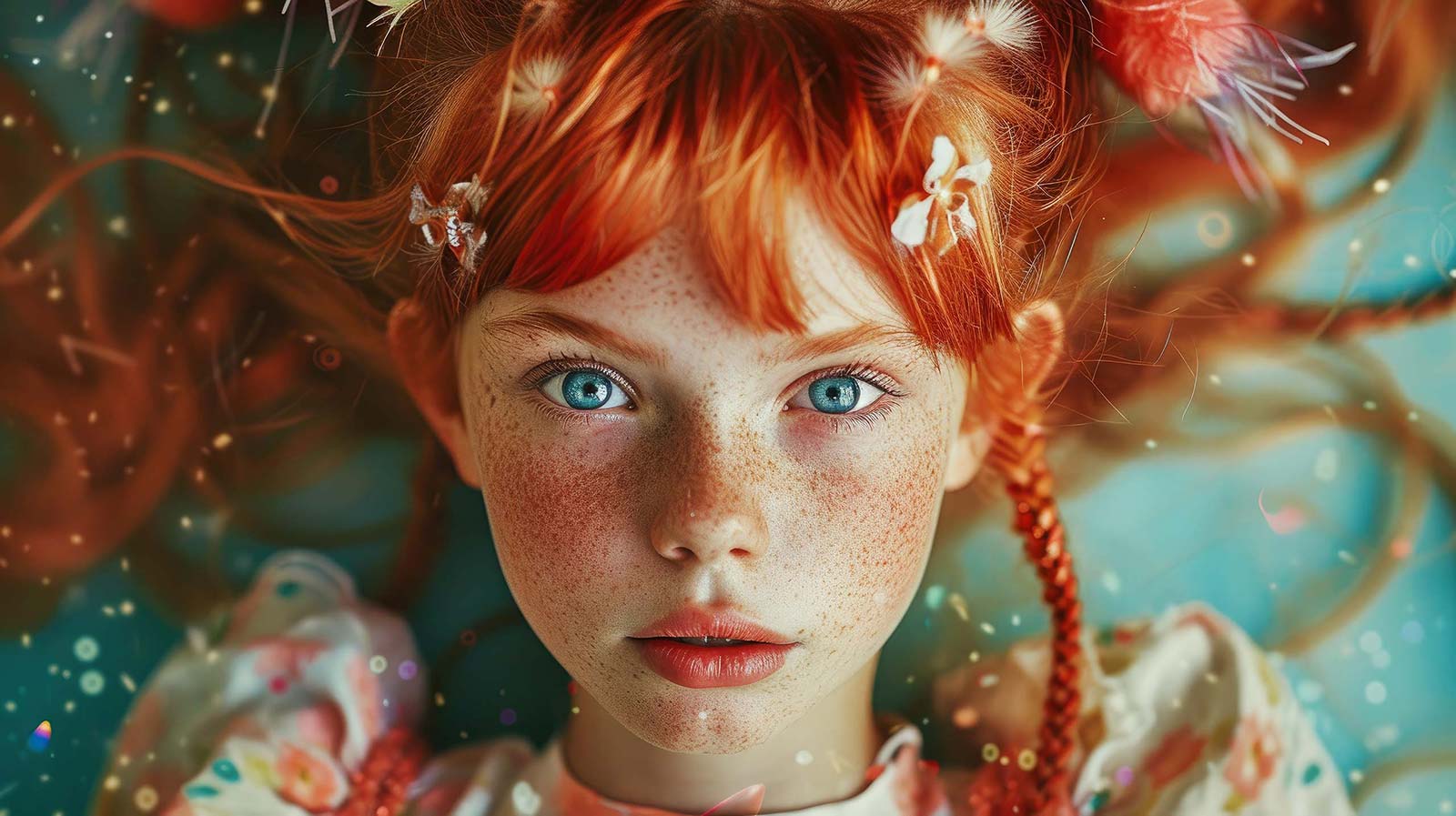
Another beloved character is the rebel girl Pippi Longstocking, living by her own rules in Villa Villekulla. Her carefree attitude towards social expectations and her fierce independence have inspired generations to come and embrace their individuality. Pippi’s fashion sense—striped stockings mismatched on purpose, a colorful patchwork dress, and oversized shoes—speaks volumes to all those vintage treasure hunters in second-hand bazaars. Pippi, like many other storybook icons, has become a symbol of a culture that cherishes the offbeat and the original.
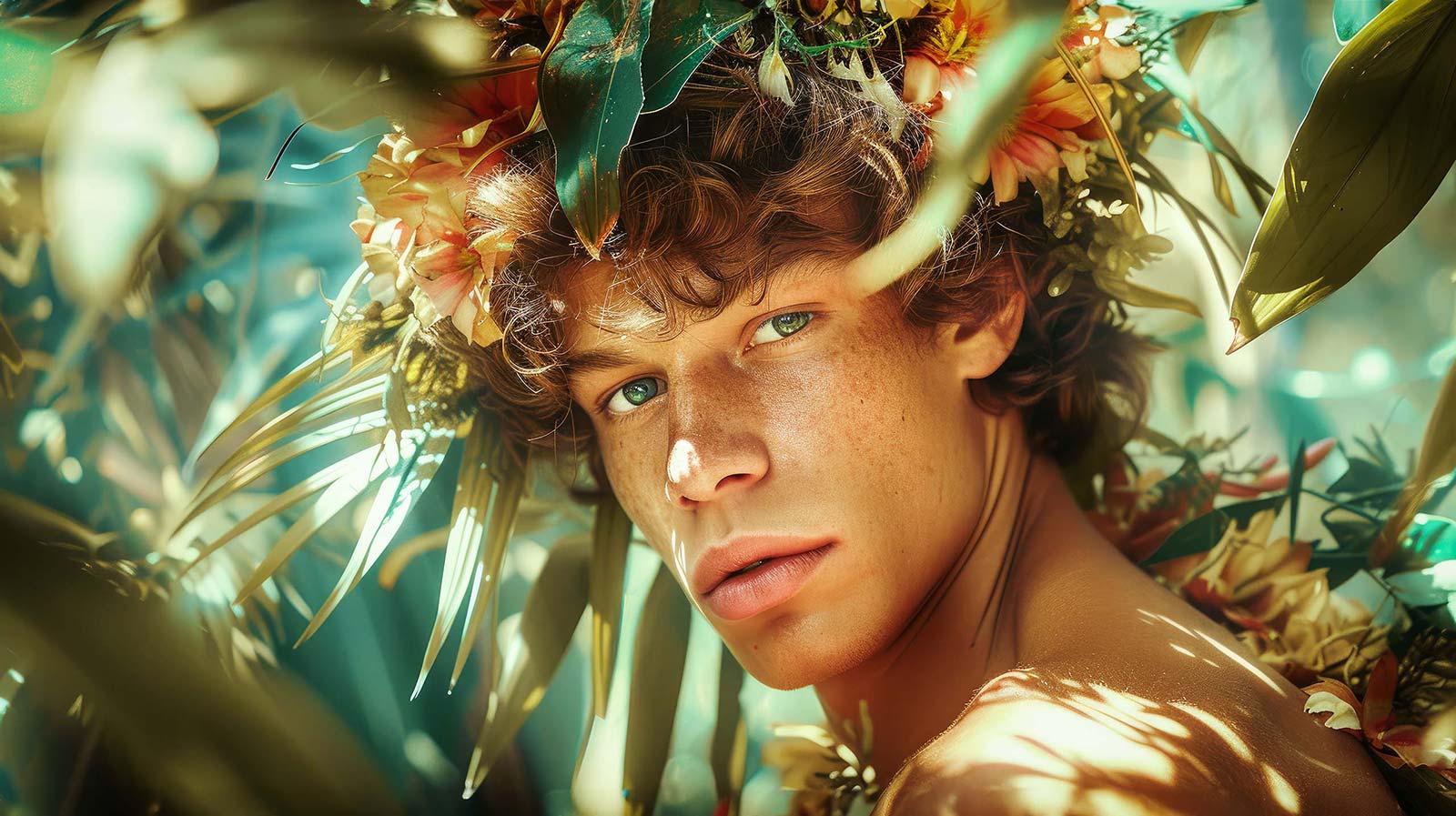
This tour of cool wouldn’t be complete without the king of apes. At first glance, Tarzan might not strike one as a typical hipster icon, yet beneath the wild exterior lies a character ripe for a cool reinterpretation. Tarzan’s profound connection with nature and his sustainable existence resonate with the modern quest for a greener lifestyle. He is the original eco-warrior, a man before his time, whose minimalist lifestyle far away from civilization in a treehouse parallels the hipster’s pursuit of simplicity and authenticity.
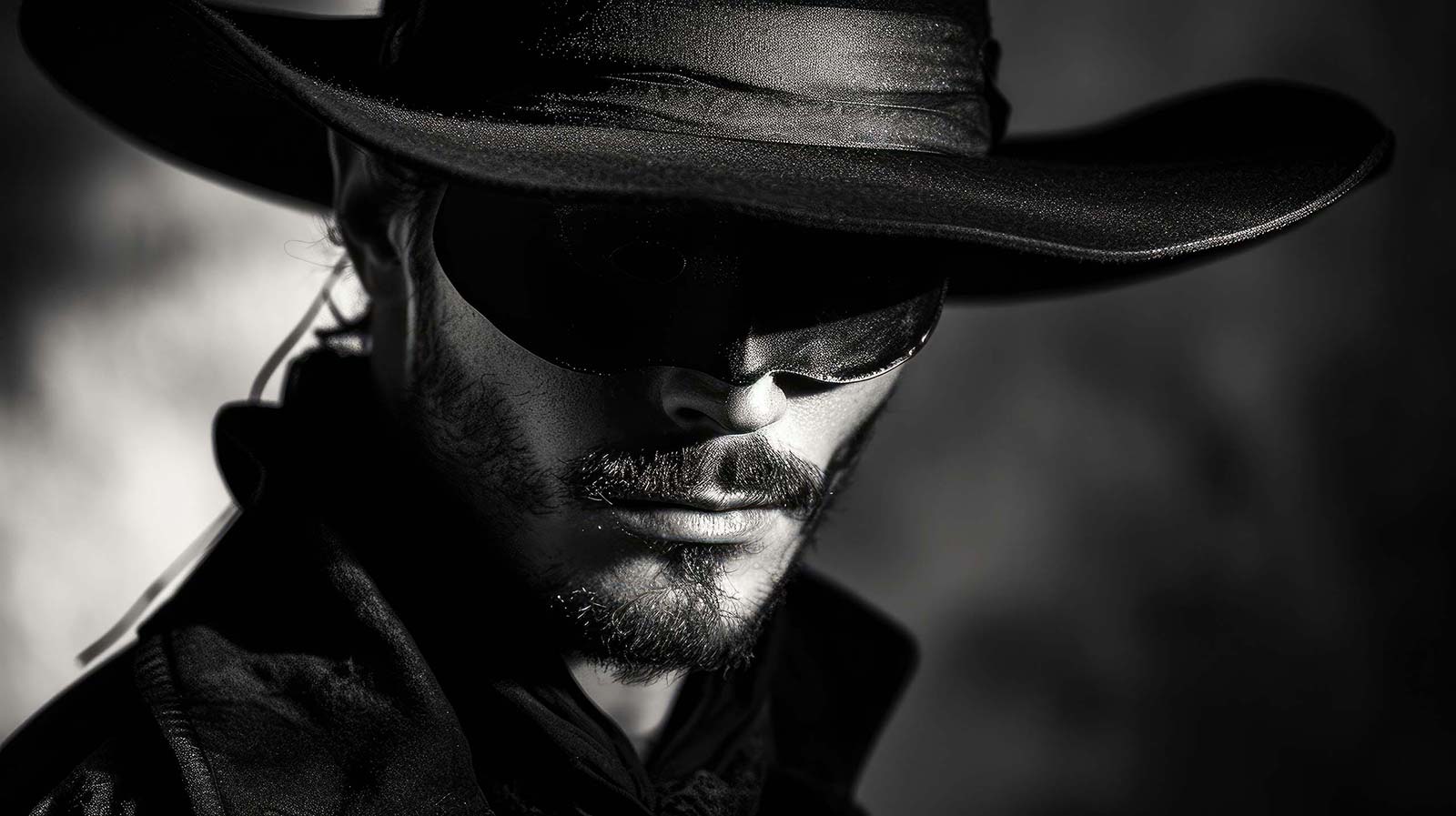
Zorro, on the other hand, effortlessly checks all the boxes for a hipster superhero. With a flair for the theatrical and a penchant for anonymity, Zorro masterfully marries style with substance. His signature mask and hat aren’t just for show; they’re symbols of a subversive fight against injustice, much like the hipster’s embrace of countercultural movements. The ’Z’ he carves with his rapier stands as a personal emblem, akin to the distinctive tags of modern street artists.

Moving ahead to the turn of the millennium, where the dot-com boom gave rise to tech-savvy hipsters. Bathed in the soft glow of their MacBooks, these digital nomads transformed pixels into art, surfing the wave of trends from the first tweet’s chirp and swiftly abandoning ship when memes hit the mainstream.

As the 2010s unfurled, eco-consciousness took root. Urban gardeners and craft brewers flourished, mingling in sustainable pop-up markets. With man buns donned as their eco-warrior helmets and artisanal crafts as their emblems, they paved the way for a new era of conscious consumerism.

As our saga began with Jesus, it’s only fitting to conclude with an influencer from the same league: the hip Santa Claus. Nestled in his two-century-old beard, as authentically aged as a vintage flannel in a thrift shop window, he contemplates on his journeys around the world, attuned to the most esoteric retreats in every town from here to the North Pole. His signature glasses, glittering with the finest microscopic dusting of snow, distinguish him from the legions of imitators. This Santa, the man behind the beard, is the real thing, valuing the artisanal and organic above the commercial, the authentic over the superficial.
With the narrative of nonconformity still unfolding, we are left to speculate on the future chapters of the hipster odyssey. Will it be a renaissance of past vogues, recycled and remixed for the new age? How will the next generation redefine rebellion—will they trade in their man buns for something yet unseen, or will they reinvent the monocle with a futuristic twist? And what forms will the next expressions of counterculture take—algorithmic anthems, bespoke biotech, or some yet-to-be-hashtagged form of avant-garde? Only time will tell.
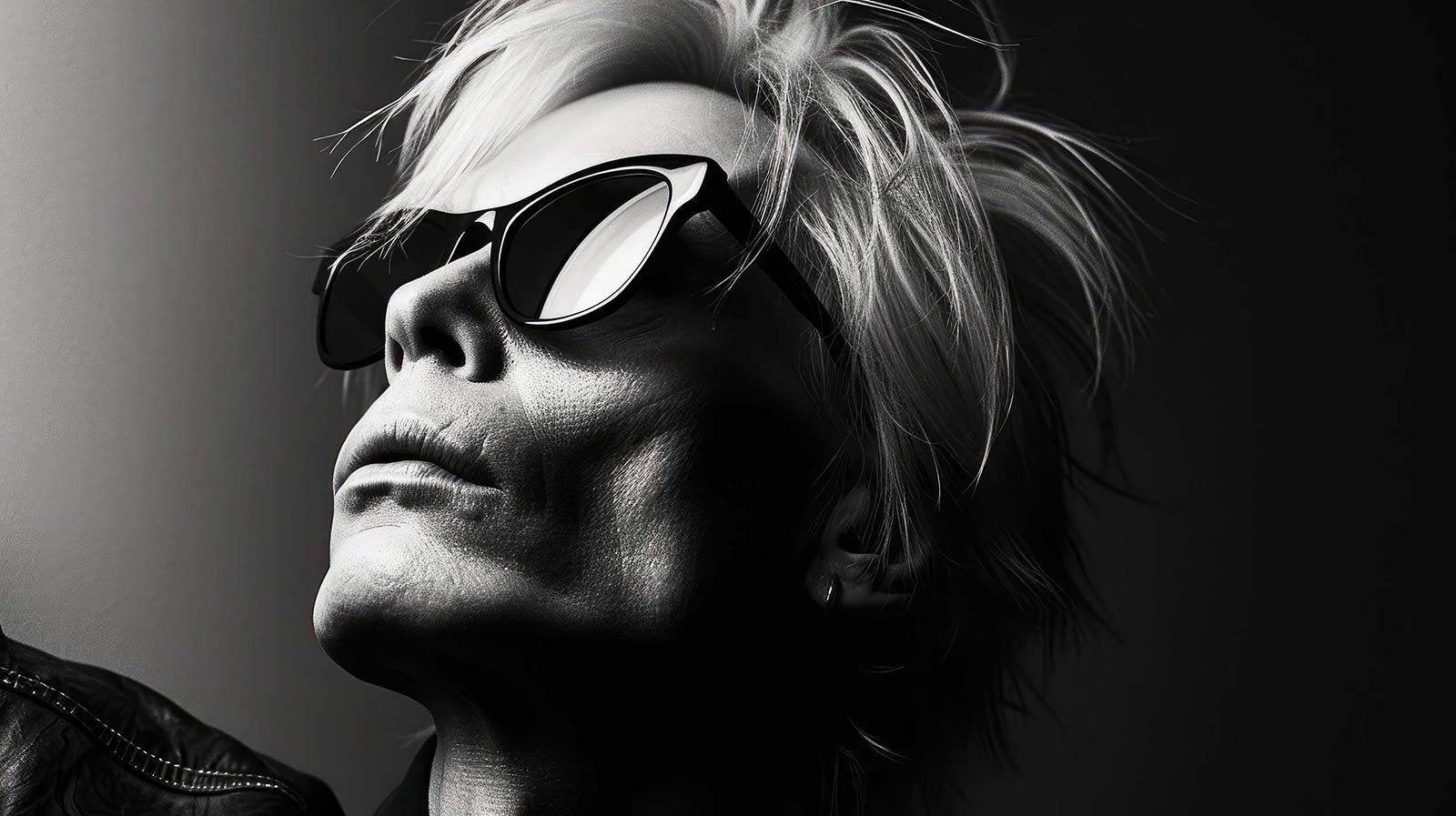
Explore the gallery below to meet even more iconic figures: Che Guevara, whose rebellious image became an unexpected brand on t-shirts worldwide; Andy Warhol, the silver-haired pop art sage with an aura of coolness; Michael Jackson, moonwalking through the zeitgeist; and the mysterious ’Phantom of the Opera’ from ’86, cloaked in style and theatrical mystique, and bohemian Alice from Wonderland, sipping fair-trade tea while debating existentialism with the Cheshire Cat. And let’s not forget the hipster president who, with his forward-thinking flair and impeccable style, became the muse for every trendsetter’s dream of leadership. There you have it, the brief history of cool in all its glory.

